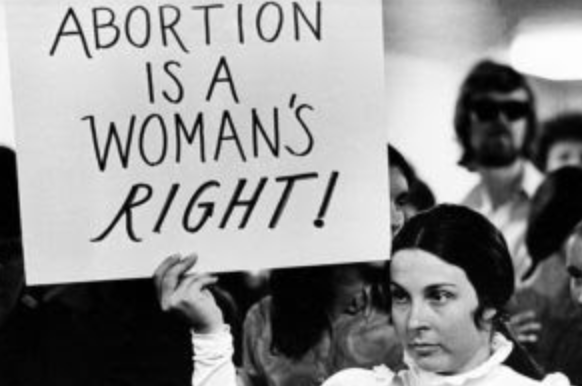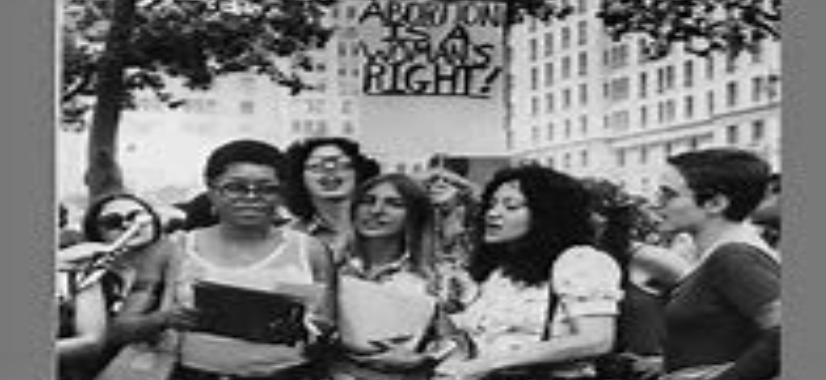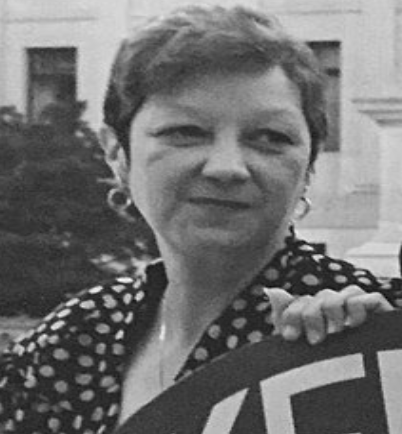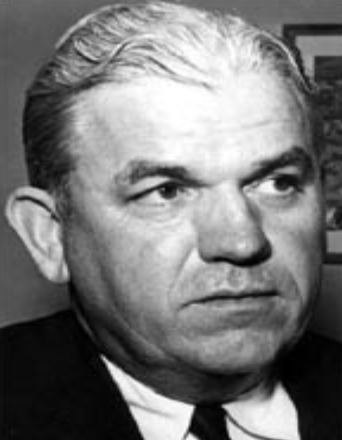Law 💼
8 resourcesSee Units
Landmark Law Cases: Roe v. Wade
What is Roe v. Wade? 🤔
Roe v. Wade was a landmark Supreme Court case that effectively legalized abortion in the United States on January 22, 1973. In Roe v. Wade, the Supreme Court reached the consensus that abortion is protected under the 14th amendment in the Constitution. 🛡️
💡 14th Amendment? One of the Reconstruction Amendments ratified after the U.S. Civil War, the 14th amendment says that the government cannot “deprive any person of life, liberty, or property, without due process of law.”
Abortion is still a controversial issue for many Americans, but under the U.S. Constitution, abortion is legal and regulated by individual states. The outcome of Roe v. Wade, in fact, set that precedent in U.S. history. 📜

Image courtesy of CCLA
Abortion Before Roe v. Wade ⏰
To understand the significance of Roe v. Wade, we must first look into the past. Abortion in the United States was previously legal before the late 1800s. Many unsafe practices were used and advertised in the 1830s. Many of the drugs used to induce abortion were dangerous for women and even some proved fatal in some cases. 💊In many cases women drank dangerous chemicals and use coat hangers to extract the fetus. This can lead to internal damage and extreme blood loss.
By the late 1850s, anti-abortion groups began to make waves. The American Medical Association argued for the criminalization of abortion. Other groups like nativists, a group that believes in protecting native born citizens against immigrants, were also anti-abortion. Nativists notoriously argued that the increase in abortion might lead to a decrease in the population of white, Protestant women and an increase in the immigrant population. 📈
Religion was a big factor for multiple anti-abortion community groups that believed abortion was unethical. For example, the Catholic Church banned abortion at all stages of pregnancy in 1869. 🙏

Image courtesy of ThoughtCo
In 1873, Congress passed the Comstock Law, which made it illegal to distribute birth control and drugs used to induce abortion. By the late 1870s, abortion was made illegal in the majority of the United States. The women’s rights movement in 1960s involved many activists who spread awareness on pro-abortion ideology. ✋For example, in March of 1969, the Redstockings feminist group organized a series of abortion speak outs to raise awareness on the issue.
The Case 💼
Jane Roe 👩
A woman named Norma McCorvey, referred to as "Jane Roe" in the case, wanted to terminate her pregnancy in 1969. However, McCorvey lived in Texas, a state where abortions were only legal if and only if the life of the mother was endangered by the pregnancy. She had previously given birth twice; in both cases, she was forced to give up the child for adoption because she lacked the financial ability to support them. 💸
Many women like McCorvey could not afford to travel to a state where abortion was decriminilized to terminate their pregnancy. At the time, only a few states- Colorado, Arkansas, North Carolina, California, and Georgia- allowed for non-rape abortions. Some doctors even performed secret abortions in exchange of exorbitant costs. As a result, pregnant women oftentimes resorted to dangerous, self-inflicted abortions at the time. 🔪
McCorvey, with the help of attorneys Linda Coffee and Sarah Weddington, sued the district attorney of Dallas county. 🚪

Image courtesy of Wikipedia
Henry Wade 👨
Henry Wade was the district attorney of Dallas County. Norma McCorvey resided in Dallas County and represented herself and all the women who were not able to terminate their pregnancy because of the state policy. At the time, Henry Wade served as the district attorney from 1951 to 1987. Henry Wade was a successful prosecutor and was notorious for the 29 out of 30 men he was able to send to deathrow. Wade disagreed with abortion and did not believe McCorvey had the right to terminate her pregnancy. For many activists, the name Wade is a symbol for the patriarchy and oppression women faced in society.
He also participated in the prosecution of Jack Ruby for killing Lee Harvey Oswald, the assassin of then-U.S. President John F. Kennedy.

Image courtesy of Wikipedia
Outcomes of the Case ➡️
By June 1970, the case was taken to the Texan district courts and they ruled that the state’s abortion ban was illegal. McCorvey had her child and put it up for adoption in this process. 👶
The case made national news, and both sides appealed the case to the Supreme Court. Justice Blackmun wrote the majority opinion using the right to privacy (as detailed in the court case Griswold vs. Connecticut) to argue that the Texas’s abortion ban was illegal. Therefore, the court decided that a woman has the fundamental right to determine whether or not to terminate her pregnancy. By January of 1973, the Supreme Court voted—in a 7-2 decision—to effectively legalize abortion in the United States. (For more information about this U.S. period beyond the context of Roe v. Wade, check out this video.)
The court ruled that pregnancy was ruled into three (3️⃣) trimesters.
- The first trimester is the first 13 weeks. In the first trimester, the woman has the autonomy to choose to terminate her pregnancy. 👍
- During the second trimester, weeks 13 to 27, abortions can be regulated, but not outlawed, in each state. 🔗
- The third trimester of a pregnancy, weeks 28 to 40, results in a viable fetus. 🌱
Therefore, according to the courts, states can choose to outlaw or regulate abortions according to their respective interests. The exception to this is a woman’s health is in danger due to complications in a pregnancy. 🌇
Since the delivery of the verdict, Norma McCorvey became an outspoken advocate for the abortion rights movement until she converted to Catholicism in the mid-1990s. Roe v. Wade remains to be among the most influential Supreme Court cases in history, but it is also highly controversial between dissenting groups in the United States. By giving women the autonomy to decide what to do with their bodies, Roe v. Wade has impacted modern-day U.S. society permanently; in fact, this landmark case will continue to influence public policy and womens’ rights for generations to come. ✊
Connect with other students studying Roe v. Wade and other landmark law cases with Hours!
Browse Study Guides By Unit
👨⚖️Landmark Cases
📜The Amendments
📜Bill of Rights

Fiveable
Resources
© 2023 Fiveable Inc. All rights reserved.